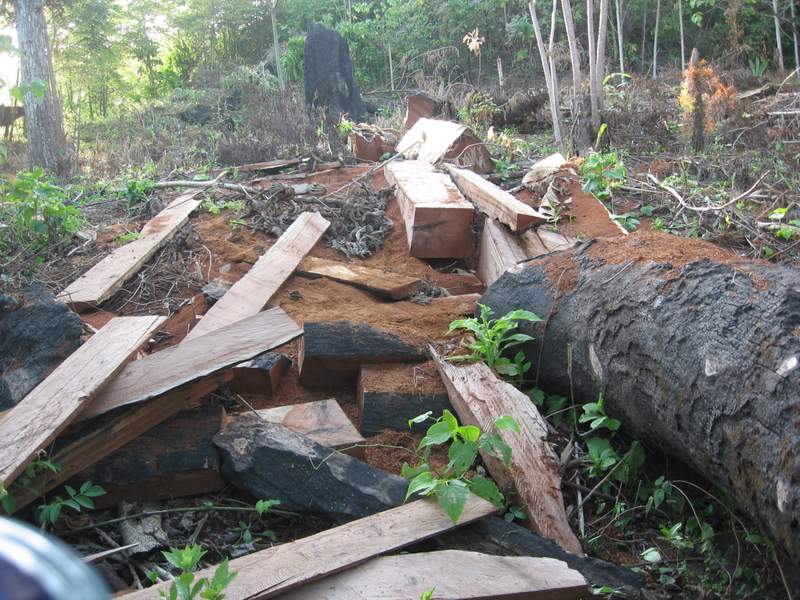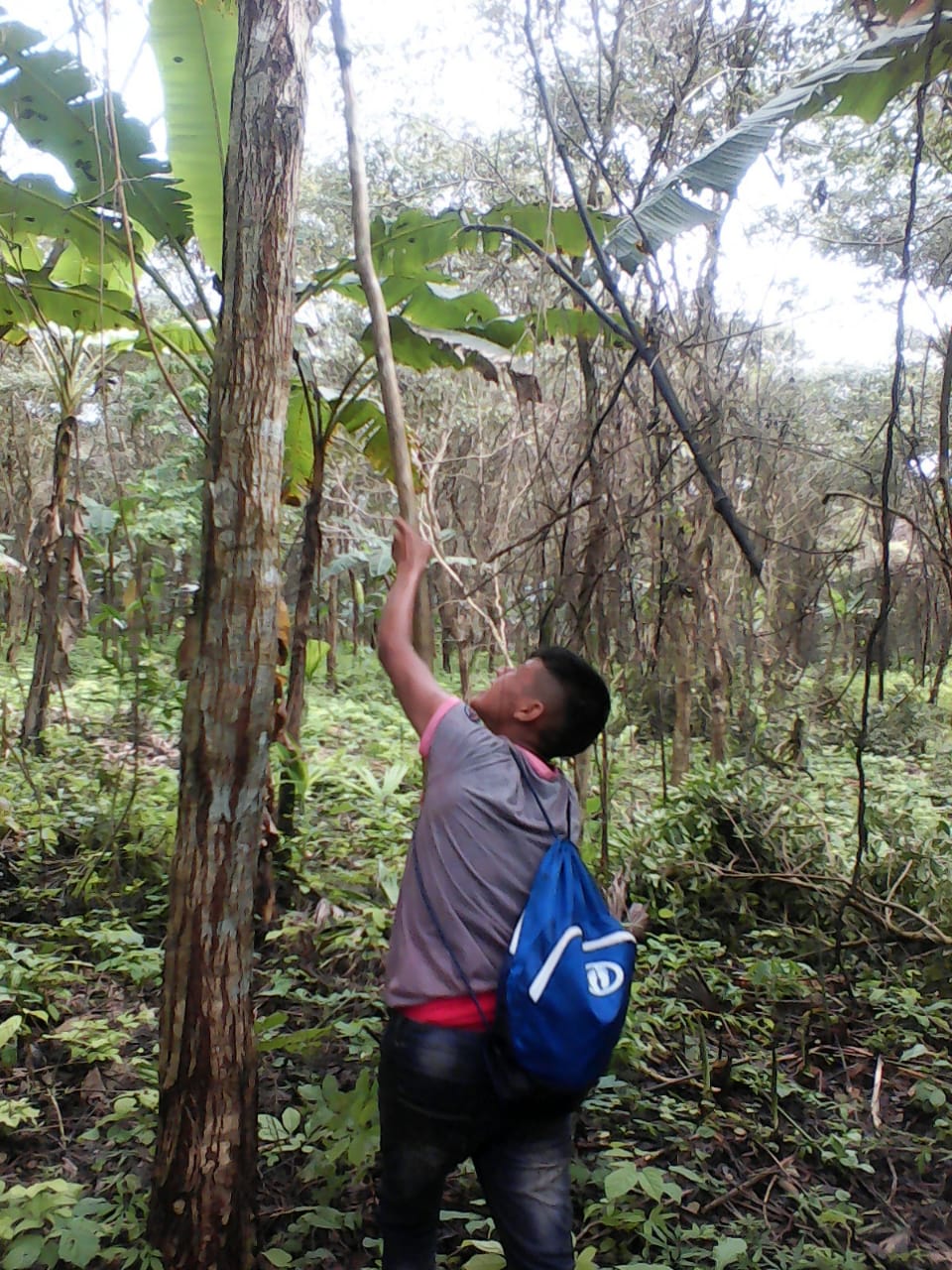Could timber plantations conserve forests in Panama?
/Deforestation and conversion to cattle pasture in Panama
A recent study conducted by CIFOR questioned whether tree plantations support forest conservation. The results show that they potentially support conservation, depending on a number of other influencing factors.
The authors’ more macro-level findings, which were based on an exhaustive review of published literature, were inconclusive. As with many questions related to forest conservation, the answer was, to paraphrase “It depends.”
There is a commonly held assumption in Panama, or at least the Darien, that timber plantations will ease pressure on the harvesting of timber from native forests. Our anecdotal, non scientific experience is that that isn’t true. Case in point: we’ve been trying to sell thinnings of high-value tropical species like spanish cedar (cedro amargo), mahogany (swietenia macrophylla), and oak (tabebuia rosea) for the past two months, but there is only demand for timber from primary forests. These are not early-stage thinnings, but they still can’t compete with the large timber coming out of first-growth forests in the Darien.
Establishment of timber plantations in the Darien happens after the high value timber has already been cut out (degradation) and usually after further clearing for agriculture/cattle (deforestation). In Panama it is illegal to clear primary forests to establish plantations, and no significant amount of primary forest has been cleared specifically for a timber plantation (that we’re aware of). We did recently learn that near Meteti, a large swath of forest in the Filo de Tallo reserve/peat swamp was under threat by a “Colombian” who was going to plant palm oil.
The authors of the report did find strong linkages to reduced deforestation and degradation when fuelwood plantations are established. However, degradation or deforestation for fuelwood is not a significant problem in the Darien, so plantations for fuelwood would not relieve any pressure on natural forests.
Probably the best approach to preserving forest cover is pairing stringent conservation laws and the establishment of protected areas with the development of timber plantations.
This is good match for Panama, and to their credit, the new government and Ministry of Environment (ANAM) have taken measures to control forestry activities in the Darien.
It will be interesting to see whether these measures actually increase demand for plantation-grown timber among the local sawmills and furniture producers, who consume the most timber domestically.
In the meantime, if you’re interested in buying 10,000+ board feet of genuine mahogany, spanish cedar, and oak, let us know!







